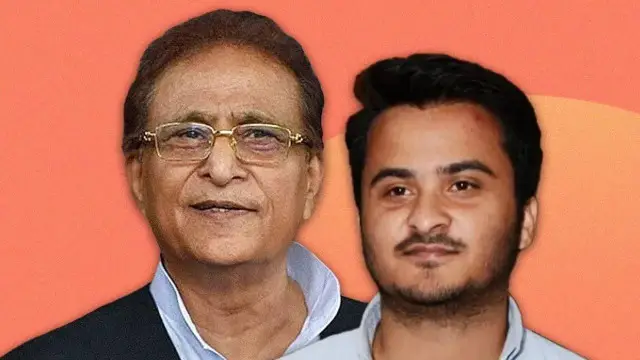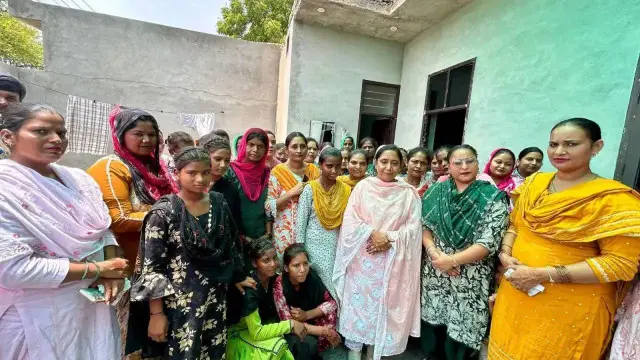Landmark Decision: Supreme Court Adopts Reservation Policy for SC/ST Employees
The Supreme Court has taken a historic step by implementing a formal reservation policy for the promotion and appointment of Scheduled Castes and Scheduled Tribes employees.

The Supreme Court of India has taken a historic step by implementing a formal reservation policy for the promotion and appointment of Scheduled Castes (SC) and Scheduled Tribes (ST) employees. This progressive decision aims to enhance inclusivity within the judiciary, addressing long-standing demands for equitable representation. The policy marks a significant departure from past practices, signaling the court’s commitment to aligning its workforce with the diverse fabric of the nation.
Scope of the Reservation Policy
The new policy applies to key administrative and support roles within the Supreme Court, including posts such as Registrar, Assistant Librarian, and other comparable positions. These roles, critical to the court’s operations, will now see a structured reservation framework to ensure fair opportunities for SC and ST candidates. This move extends beyond entry-level hiring, encompassing promotions, thereby offering a pathway for career advancement to underrepresented communities. The detailed guidelines, yet to be fully publicized, are expected to mirror existing frameworks in government and judicial bodies.
Chief Justice’s Endorsement
Chief Justice B R Gavai has welcomed this initiative, describing it as a natural extension of reservation provisions already in place across government institutions and High Courts. Speaking at a press briefing today, he emphasized that the policy reflects the judiciary’s duty to uphold equality and social justice, principles enshrined in the Constitution. He noted that this alignment ensures consistency and fairness, reinforcing the Supreme Court’s role as a model for other institutions. His support underscores the strategic intent behind the decision, aimed at fostering a more representative workforce
Implications for the Judiciary
This policy is poised to reshape the Supreme Court’s internal dynamics, promoting diversity and addressing historical imbalances. As implementation begins, it may set a precedent for lower courts and encourage broader societal inclusion. However, challenges such as ensuring merit alongside reservation will need careful navigation. As of today, this step heralds a new era of equity within India’s highest judicial body, promising a more inclusive future.















